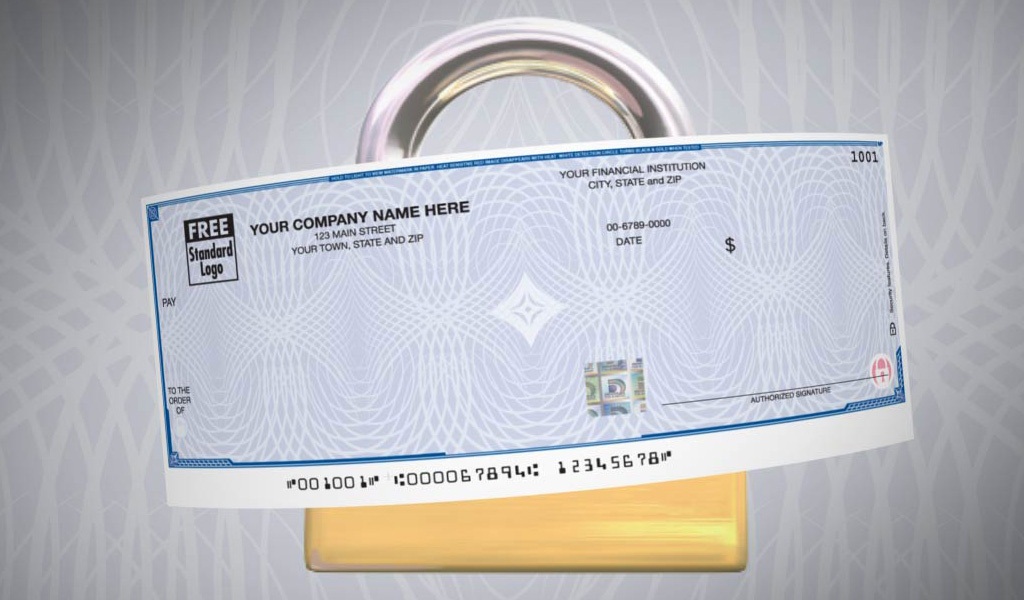Gladys Kravitz is Sniffing FREE WiFi Hotspots for Your Secrets
The free WiFi hotspot ritual is habitual. You head to your favorite café to get some work done “away from the office”. Justifying your $4 cup of 50 cent coffee with a Starbucks-approved rationalization (“I work so much more efficiently at my 3rd spot!”), you flip open your laptop, link to the free WiFi and get down to business. The caffeine primes your creativity, the bustling noise provides a canvass backdrop for your artful work and the hyper-convenient Internet access makes it easy for someone else (think organized criminal) to intercept everything you send through the air.
At the table next to you, drinking a free glass of water (these guys are too smart to pay that price for a cuppa joe), sits a hacker running a piece of software that sniffs the data you send over the free (unprotected) WiFi. They watch your private data like Gladys Kravitz stalking the very bewitching and often nose-wriggling Samantha. When you log in to your webmail account, they record your username (usually your email address) and password. Since you use the same password for many different websites, they run an automated computer program that attempts to log into every bank in the world using that username and password. When it fails, the program automatically increments your email password in every way possible until it eventually cracks your banking code.
By the time you head for a latte refill, you can no longer afford it. (This is one effective way to break the Starbucks habit). Most of us have been well trained to unthinkingly connect to the FREE WiFi hotspot at cafés, airports and hotels. Wireless technology is both useful and powerful, but operating it without protection is like skydiving with a parachute that you never deploy (it’s a fun ride while it lasts…). If you connect to any WiFi hotspot without first having to log in with a unique username and password, there is nothing that masks your data as it travels through the air. (Watch the 9News Investigation Video with Jeremy Jojola for a sample).
How to use a free WiFi hotspot without crash landing
Like our previously mentioned skydiver, you want not only to put on your parachute before you jump, but to pull the cord before you taste dirt. Here are some simple steps you can take, along with a “How To” video, before you jump on your next free WiFi hotspot:
- HTTPS Surfing. If you absolutely must use the free WiFi hotspot, only exchange information over websites with encrypted connections. What’s an encrypted connection and how can you tell? Watch this short video to learn how to tell if you are on a safe, https internet connection. If you are, all of the data that goes between your device and the WiFi hotspot (and eventually onto the Internet), is scrambled and protected by a passcode (the encryption part) that makes it much harder to intercept. Banks (see video), Gmail and even Facebook (see video) offer HTTPS connections. Sometimes all you have to do on a website is to change your security defaults! If your connection is regular old http (no “s” at the end), just know that your data can be free for all to see (if they have the right tools).
- Tethering. Also known as a personal WiFi hotspot, tethering is the act of using your smartphone’s encrypted cellular connection to the Internet to surf securely from your mobile device. Tethering works for laptops, tablets and iPods and is relatively simple and inexpensive to use. To tether your computing device to your smartphone, simply contact your mobile provider (Verizon, AT&T, Sprint, T-Mobile, etc.) and let them know that you want to be able to connect your computing device to your smartphone (you want to tether). They will let you know that it costs about $15 per month (well worth the protection), will turn it on and will walk you through setting up both your smartphone and device so that they communicate with the Internet in a well-protected manner. Note: Many tablets, like the iPad, now come with cellular data access built into the device. So, for example, if you have an iPad with Wireless + Cellular capability, you can almost always connect via your cellular connection (just like your phone connects) and never even have to utilize free WiFi (though it’s still safe to use the secure Wifi in your home and office). You can do the same thing by accessing the Internet via your smartphone that is NOT connected to WiFi. Cellular surfing can be a bit slower, but it is considerably more private.
- VPN Software. Using a VPN (or virtual private network software), is a safer way to surf on free WiFi. Think of it like this: it takes the same protections you get when using an https connection and applies them to all of the URLs you visit. VPNs are standard gear for business users, but individuals need them just as much as corporations. One of the more popular VPNs for consumer use is Hotspot Shield VPN (this is not an educated endorsement of the product, just an example). The good part about a VPN is that it protects your data transmissions over the internet at all times, not just when using free WiFi.
Better yet, utilize all three solutions and find yourself 100% safer than the Frappuccino lover over at the next table. Mobile computing will increase your productivity, your connectivity and your flexibility. But to do it without a bit of security preparation is to court digital suicide.
John Sileo not only uses free WiFi hotspots (wisely), he is an internationally recognized keynote speaker on how to keep your employees from making poor data security decisions regarding identity, privacy and reputation protection. His happy clients included the Department of Defense, Pfizer, Visa, and Homeland Security. See his recent media appearances on 60 Minutes, Anderson Cooper and Fox Business. Tyler Tobin, the CEO and Chief Hacker for Tobin & Associates LLC, is a world renowned Professional White Hat Hacker. His firm specializes in performing compliance, GLBA and full-blown security assessments. His customer base is both regional and global. Assessments include social engineering, external and internal vulnerability and penetration testing and compliance examinations (SEC, SOX, SSAE and GLBA).


 Proper
Proper 

 Tax Time Identity Theft:
Tax Time Identity Theft:  ST. PAUL, Minn., Oct 04, 2012 (BUSINESS WIRE) — Cyber criminals sabotaged John Sileo’s business – and nearly landed him in jail. Now he’s determined to help small business owners prevent the disastrous mistakes that loom ever-larger in the age of identity theft, mobile computing and social media.
ST. PAUL, Minn., Oct 04, 2012 (BUSINESS WIRE) — Cyber criminals sabotaged John Sileo’s business – and nearly landed him in jail. Now he’s determined to help small business owners prevent the disastrous mistakes that loom ever-larger in the age of identity theft, mobile computing and social media.